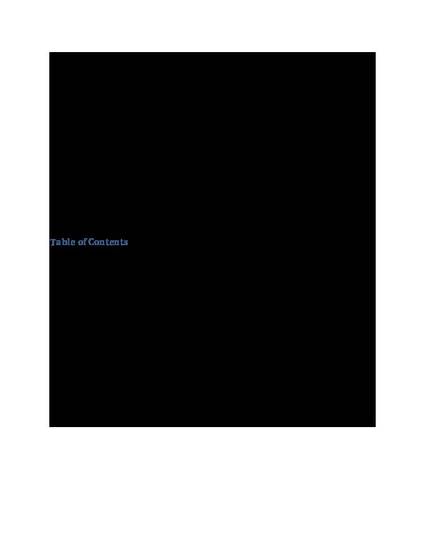
Corruption has come to the forefront in Afghanistan as the United States tries to balance efforts to back anti-corruption strategies while maintaining a positive relationship with the Karzai government. Stalled corruption cases suggest corruption in Afghanistan is systemic and not limited to a particular governing body or official. It is clear that corruption exists in both the upper and lower echelons of Afghan society, and will continue to exist until the U.S.-backed anti-corruption teams are accepted by the Afghan government. The strengthening of key institutions continues to be the recommended international model. As demonstrated in the United States, the integration and overlap of these institutions offers an effective means of combating corruption. These mechanisms, however, have been ineffective in a number of south-central Asia countries. Afghanistan’s unique history and clan structure may provide some rational for these failures. Two socioeconomic models, the principal-agent model and collective action theory, offer perspectives on how Afghanistan’s history and clan structure is inhibiting the implementation of traditional anti-corruption tools. A strong clan history that loathes outsiders and rewards clan loyalties will not yield to strong U.S. anti-corruption mechanisms. The Afghan drug trade offers a glimpse into the patron-client relationships that clans rely on, and demonstrates how the Taliban provide a network of resources to assist the drug mafias and transnational criminal organizations. A strong-arm approach to corruption, like that embraced by the Obama administration, will probably not succeed for a number of years. Before these regulatory mechanisms can work, the clans must be convinced of the credibility of these mechanisms.
